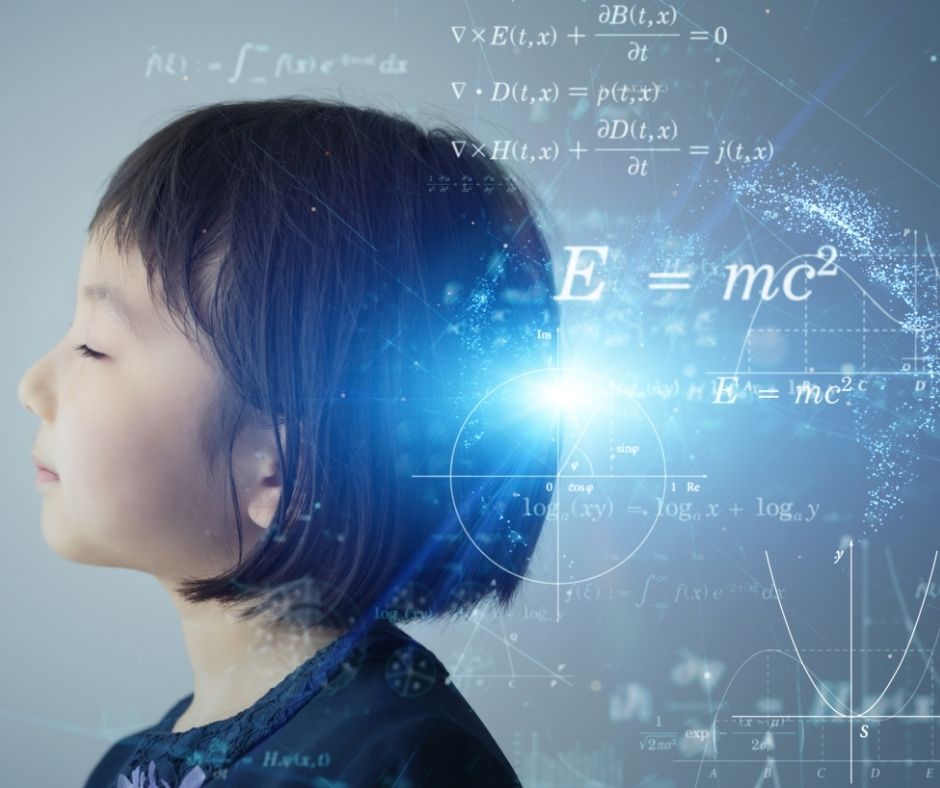Introduction:
In the dynamic landscape of education, Artificial Intelligence (AI) has emerged as both a companion and a challenger for students. As technology advances, students find themselves at the intersection of innovation and apprehension, grappling with the question of whether AI is a trusted friend or a formidable foe. In this exploration, we delve into the dual role of AI in education, examining how it can be a supportive ally while also posing challenges that demand careful consideration.
The Friendly Face of AI:
Personalized Learning Experiences: AI tailors education to individual needs, offering personalized learning experiences that cater to students' unique strengths and weaknesses. Adaptive algorithms analyze student performance, adjusting coursework and providing targeted resources to enhance comprehension and mastery.
24/7 Tutoring Assistance: AI-powered tutoring platforms offer students around-the-clock support, ensuring that help is always at hand. Whether it's solving complex math problems or refining language skills, AI tutors provide instant feedback and guidance, fostering a culture of continuous learning.
Enhanced Accessibility: For students with diverse learning needs, AI serves as a friend by promoting inclusivity. Speech-to-text, text-to-speech, and other assistive technologies make education more accessible, leveling the playing field for all learners.
Efficient Task Automation: AI assists students in managing their academic responsibilities by automating routine tasks. From organizing schedules to generating bibliographies, AI allows students to focus on more critical aspects of their education, promoting efficiency and time management.
The Formidable Foe:
Ethical Concerns: The collection and utilization of student data by AI systems raise ethical questions about privacy and consent. Striking a balance between the benefits of personalized learning and protecting sensitive information is a challenge that requires ongoing attention.
Overreliance on Technology: While AI is a powerful tool, an overreliance on technology can hinder the development of essential skills, such as critical thinking and problem-solving. Striking a balance between technology-assisted learning and traditional methodologies is crucial for a well-rounded education.
Job Displacement Worries: The integration of AI in education prompts concerns about the potential displacement of certain jobs in the future. As AI automates certain tasks, students may face a shifting job market that demands new skill sets and adaptability.
Algorithmic Bias: AI systems are only as unbiased as the data they are trained on. If the data used to train AI models are biased, it can perpetuate and even exacerbate existing inequalities. Students need to be aware of the potential biases in AI systems and advocate for fairness and transparency.
Striking a Balance:
While the debate on whether AI is a friend or foe in education continues, the key lies in striking a balance. The thoughtful integration of AI as a tool to enhance rather than replace traditional learning methods is paramount. Students, educators, and policymakers must collaborate to harness the positive aspects of AI while addressing the challenges it presents. By doing so, we can ensure that AI remains a supportive companion on the educational journey rather than a formidable adversary. As we navigate this frontier, the emphasis should be on leveraging technology to empower students and foster a holistic, future-ready education.


